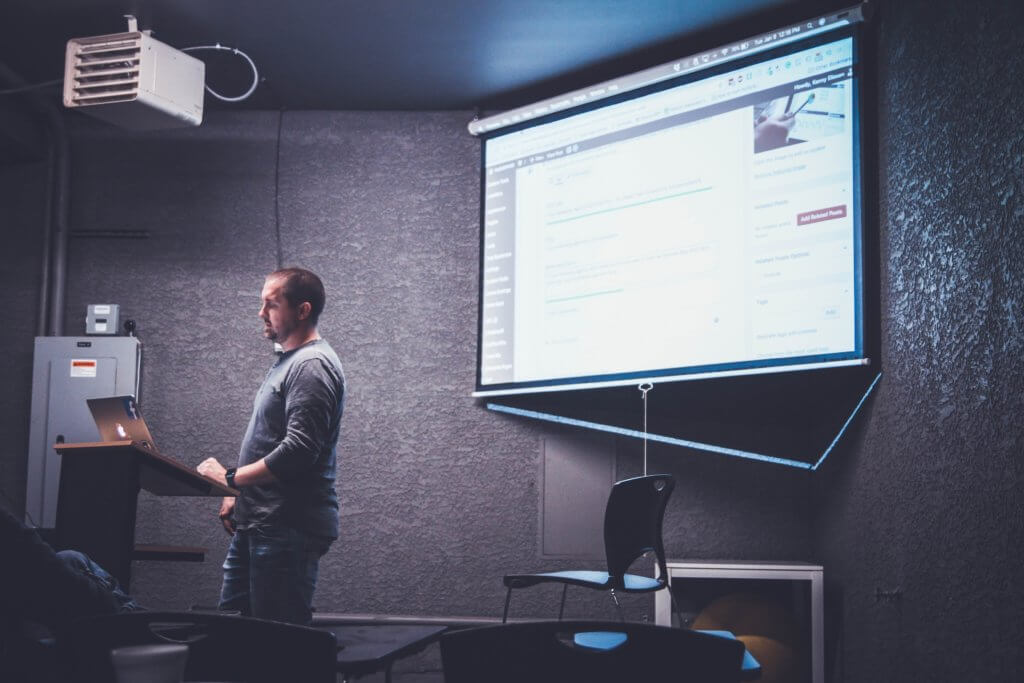
April 16, 2020
Promoting Active Learning in a Remote Learning Environment
According to a study from the Proceedings of the National Academy of Sciences, findings suggest that students in a traditional lecture course are 1.5 times more likely to fail, compared to students in courses that...




